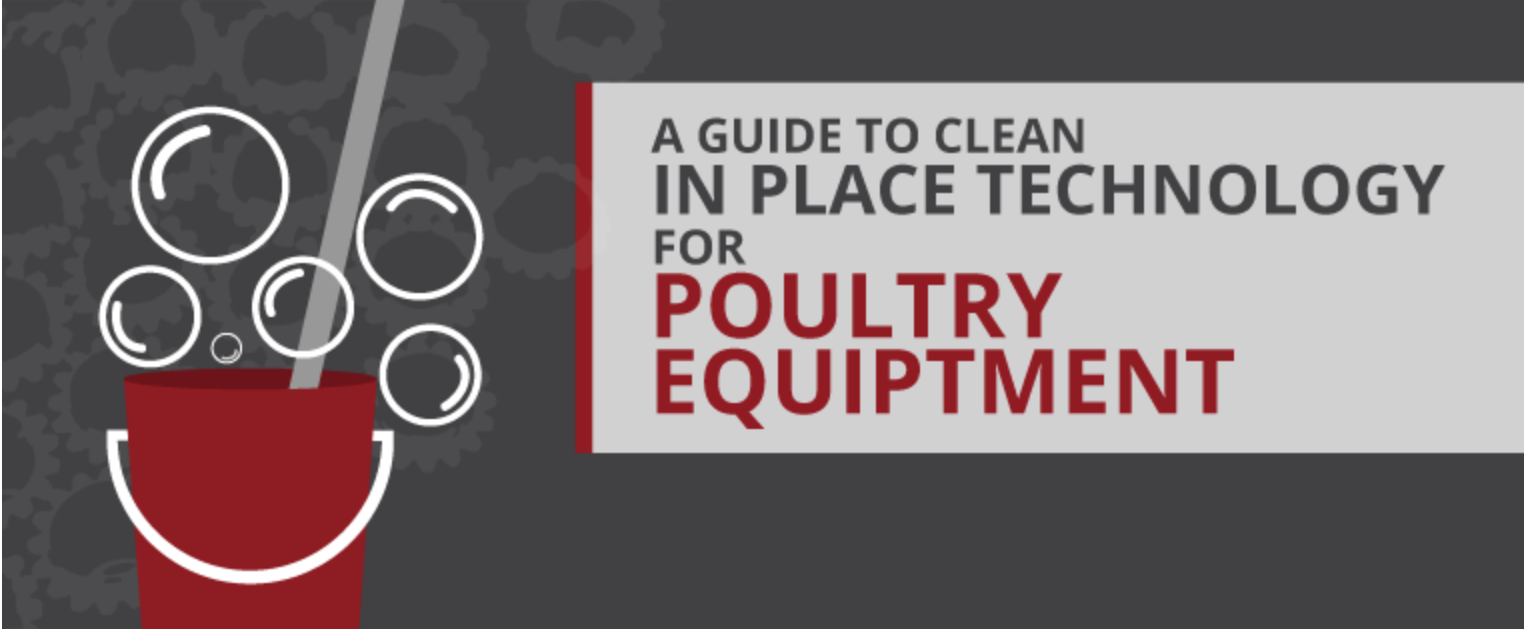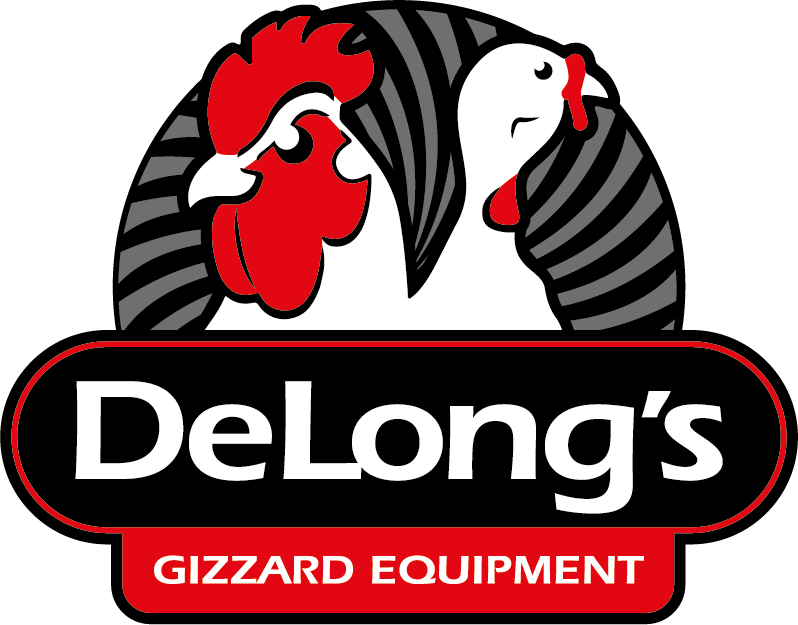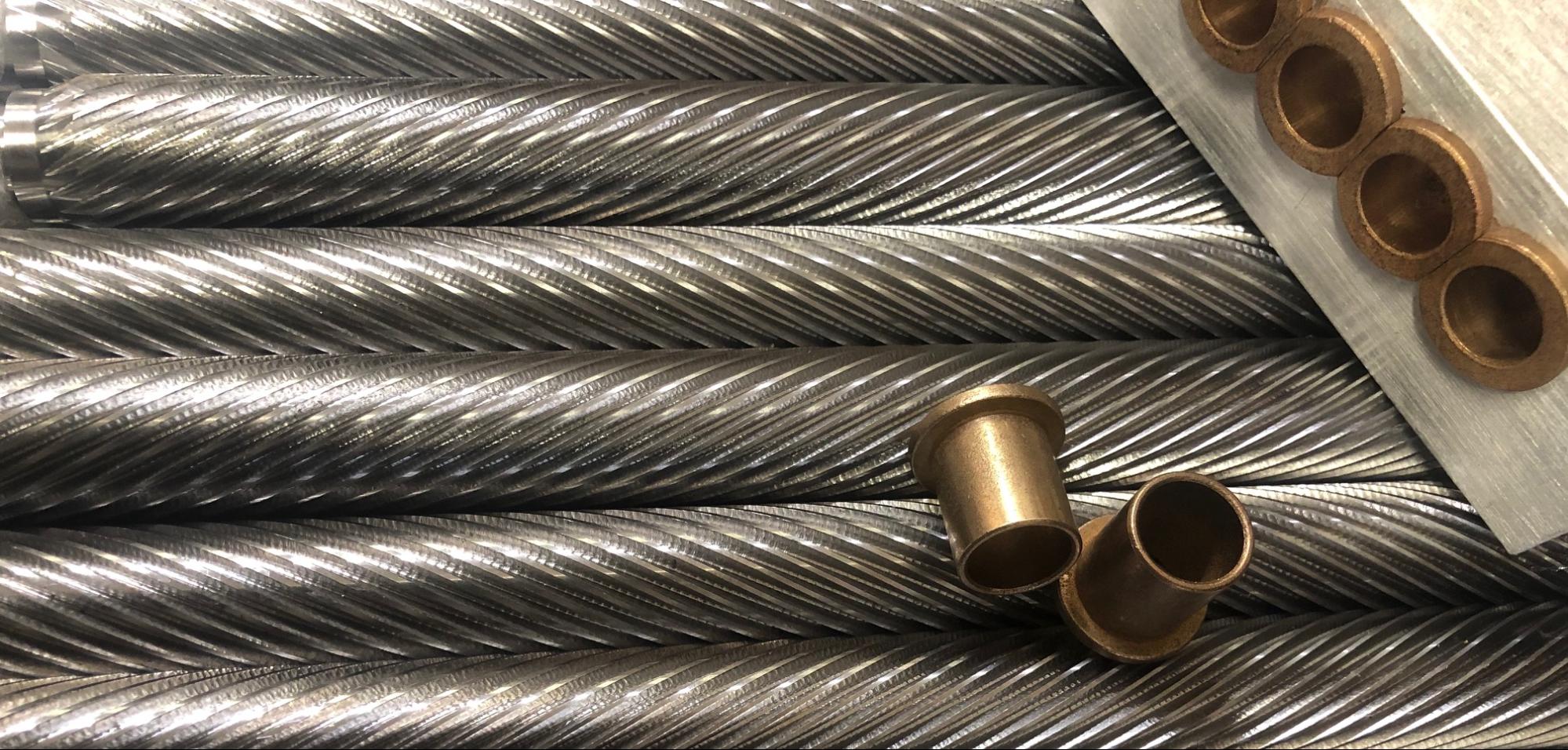
18 Apr A Guide To Clean In Place Technology for Poultry Equipment
Cleaning in place (CIP) is a safe and easy way to effectively clean the machinery in your poultry processing plant. Using a combination of chemicals, heat, and water, CIP allows you to flush unwanted particles and unsanitary substances from your equipment without dissasembly. This blog will break down the basic components and types of a CIP system, and show some of the benefits.
Designs
There are three primary designs of CIP systems: Single pass, recirculating (multi-use), and Re-use.
- Single pass designs use each chemical mixture once, and require disposal after each flush. This method is best for heavy loads with lot’s of debris because your remaining solution will be heavily contaminated and unfit for re-use.
- Recircualating (multi-use) designs differ from single pass because they re-use the chosen cleaning solution and final rinse water. This method is best for light loads with minimal debris.
- Re-use designs recover the final rinse solutions, enabling use in future cleanings (spxflow).
Cleaning Agents
Once you’ve chosen a general CIP design, you must select a cleaning agent. In CIP systems, there are numerous chemicals to choose from depending on your needs. Caustic soda, phosphoic/nitric acids, and sodium hypochlorite are some of the most common cleanin agents, and each have their own advantages to consider.
- Caustic soda – Caustic soda breaks down fats, softening them for removal. Though it’s effective at breaking substances down, it’s fairly ineffective at removing scaling.
- Phosphoric and Nitric Acids – These are typically used for the removal of scales and instillation debris. If using, you must be cautious becuase phosphoric and nitric acids can break down pump seals.
- Sodium Hypochlorite – As the lowest cost option for CIP solutions, it’s primarlily used as a disinfectant, and is relatively ineffective at removing soil.
CIP systems consist of two primary tanks that store the 1) chemical solution and 2) rinse/sanitizing fluid. The flow of these Chemicals is typically regulated using peristatic, pneumatic diaphragm, or metering pumps, and mixed solutions are dispersed using spray balls or rotational nozzles. The temperature is regulated using a steam-heat exchanger, and the flow can be regulated using programmable logic controllers. It’s important to regularly measure PH levels to ensure that your solution maintains a proper level of chemicals (Process-Worldwide).
Cycles
CIP systems operate using a series of cycles:
- First and foremost, you need to run an Initial drain to get rid of any standing liquids or particles that will flush before rinsing.
- Next, you do a Pre-rinse, which is typically run at a cool temperature (<80 degrees F), and is intended to remove any loose soil before the wash.
- After removing loose particulates from the pre-rinse, you run a wash using your chosen treatment solution. The solution will be circulated for a set amount of time (5 minutes to 1 hour) and will remove soil, and other debris from your equipment.
- Once you’ve flushed your processing equipment with chemicals, it’s essential to run a post-rinse to flush out the chemical solution and remaining debris.
- Lastly, you can run an optional sanitizing step, which is used just prior to operating your equipment, and will ensure that it’s clean and safe. If you choose to sanitize your equipment, it’s important to run a final rinse to remove all sanitizing fluids from your equipment. Chlorine-containing sanitizing fluids can corrode your stainless steel parts, and running a final rinse will increase the lifespan of your equipment (abprocess).
Benefits
Overall, CIP systems offer a wide range of benefits for a processing plant. They’re cost effective, as they require less labor to dismantle and wash individual pieces of machinery, and less time dismantling the products. They also enable the re-use of solutions, which helps cut down solution costs and lessens your disposal of waste. CIP systems also enable you to wash your equipment at higher temperatures and with stronger chemicals, ensuring that you effectively eliminate any unsanitary substances from your facility, and produce a product that’s clean and up to standard. Overall, CIP systems are an excellent way to clean your processing equipment while minimizing labor costs, and ensuring sanitation in a highly regulated industry.


